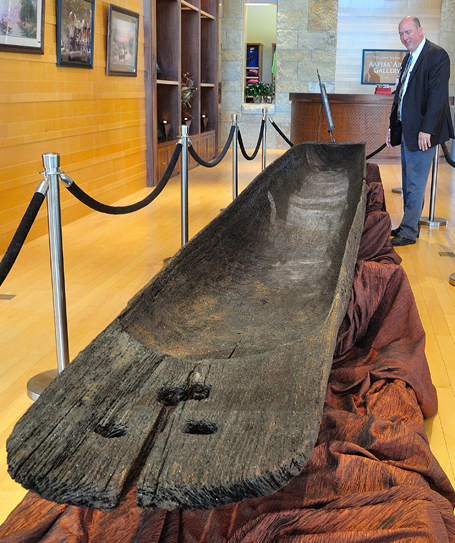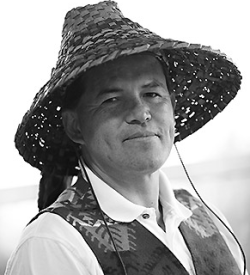10 weeks of study will prepare citizens to recommend constitutional amendments
By Niki Cleary, Tulalip News
A concern brought up at the 2013 Annual General Council meeting is the idea that the Tulalip Tribes Constitution and Bylaws are outdated and need to be amended to meet the needs of today’s tribal citizens. The concern was brought up again at the 2014 Semi-Annual General Council meeting. Vice-Chairman, Les Parks said it’s time to address the issue.
“We’re going to bring the membership into a room and give a 10-week review so that we can understand every word [in the constitution],” he said. “At the end of 10 weeks we’ll have a number of members who will fairly well understand what the constitution says.”
Parks hopes to create a constitution review team from that group of participants.
The constitution needs some updates, Parks acknowledged. However, he explained, in order to get the best amendments, we have to know what’s already in the constitution.
“The Constitution was created in 1934, it’s worked ever since. The sanctity of the Constitution cannot be overstated,” Parks explained. “This is a good document. I don’t want to go in with a notion that we’re going to change the world, we’re just going to clean it up. It’s going to be a process of getting everybody to understand what the constitution says.”
Parks compared this effort to the grassroots meeting he held while campaigning, stressing that he wants changes to the constitution to be community based. He’s recruited several tribal employees (Josh Cleveland, Willa McLean, Lori Parks and Elisabeth Williams) to assist with the effort. But, while they may be doing some of the work during office hours, they are not earning extra pay for their efforts. Even meals will be potluck style and not provided by the tribe.
“We want to keep it volunteer,” Parks said. It’s important, he iterated, to have engaged tribal citizens in the sessions. He also encouraged tribal youth to get involved, pointing out that current leadership was raised during a time when some of the most influential sovereignty battles were in progress. Current youth, he worried, may not understand the relevance of protecting the treaty and having a strong constitution.
“I think it needs to be opened up to our youth. We’re looking into whether youth can get school credit for this.”
The agenda for the meetings is simple. Share a meal, pull out the constitution and bylaws and read, discuss and understand the documents.
“We’re going to read word-by-word and talk about the meaning of each sentence. We want to know and understand what the Constitution says from beginning to end. We’ll have legal by our side as we go through the next 10 weeks, and hopefully we’ll get through two pages of the constitution every night.”
After the review of the constitution is complete, the group will go over the amendments that have already been enacted.
“There’s a list of all the amendments that occurred over the years, we’re going to get detail on every amendment, see what prompted the amendment, how many people showed up and how many voted. We want to give our participants a thorough history of why it came about.”
The sessions will be held on Thursdays starting December 4th and continuing through February 19th. Dinner will begin at 5:00 p.m., each session lasts approximately three hours. For more information or to receive reminders of the meetings contact: Willa McLean via text or phone 425-905-0632 or email WillaMcLean@tulaliptribes-nsn.gov. If you text or email, please leave detailed contact info including whether you prefer reminders via text, email or phone call.
Constitution study session dates:
December 4th, 11th, 18th
January 8th, 15th, 22nd, 29th
February 5th, 12th, 19th



















